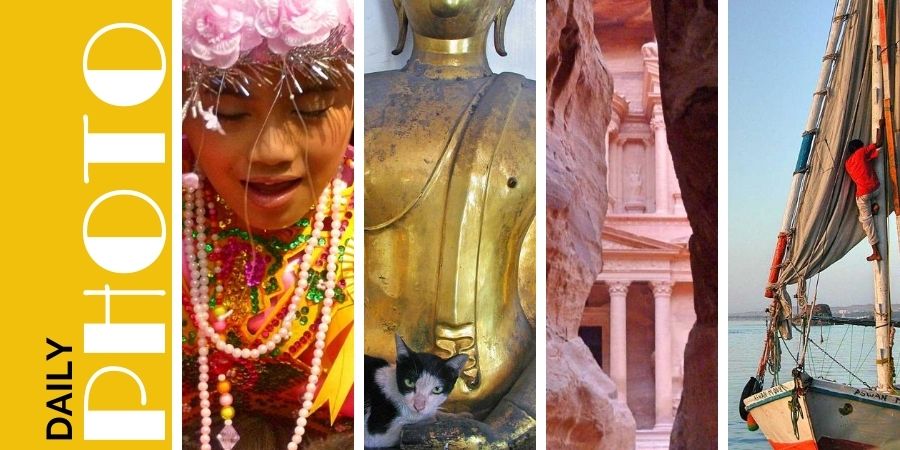| advert | Stay Free as a House Sitter. The Win Win for Pet Lovers That Travel
We came to Butrint as people without a home. The past four months had been spent across the strait in Corfu waiting to be allowed back into Bulgaria to resume our house hunting travels around Eastern Europe.
Conversely, Butrint is peopleless. Formerly a Greek colony and Roman city, Buthros, as it was once named, is home to no one any longer. A residential area since before history was written down, Buthros outlasted the Byzantines until the encroaching marshes caused its gradual decline and abandonment in the Middle Ages.
Unearthed during the Italian occupation and named an UNESCO World Heritage Site in 1992 a walk around Butrint is a woodland trip through the layers of its two thousand years of history.
Starting with the city’s origins as a religious sanctuary dedicated to Asclepius, the god of medicine, our stroll passed through Butrint’s patronage by Julius Caesar and his nephew and heir, Augustus, before ending at the fortifications of the gunpowder era. The changing fortunes of Europe’s Gods are reflected in a small early Christian baptistery and the larger Great Basilica.
Entrance Fee
700 lek for foreigners
Getting There
Daily ferries (90 minutes) travel from Corfu Town to Saranda. Shorter hydrofoil journeys (30 minutes) are also available. Butrint is a short bus ride away from Saranda.
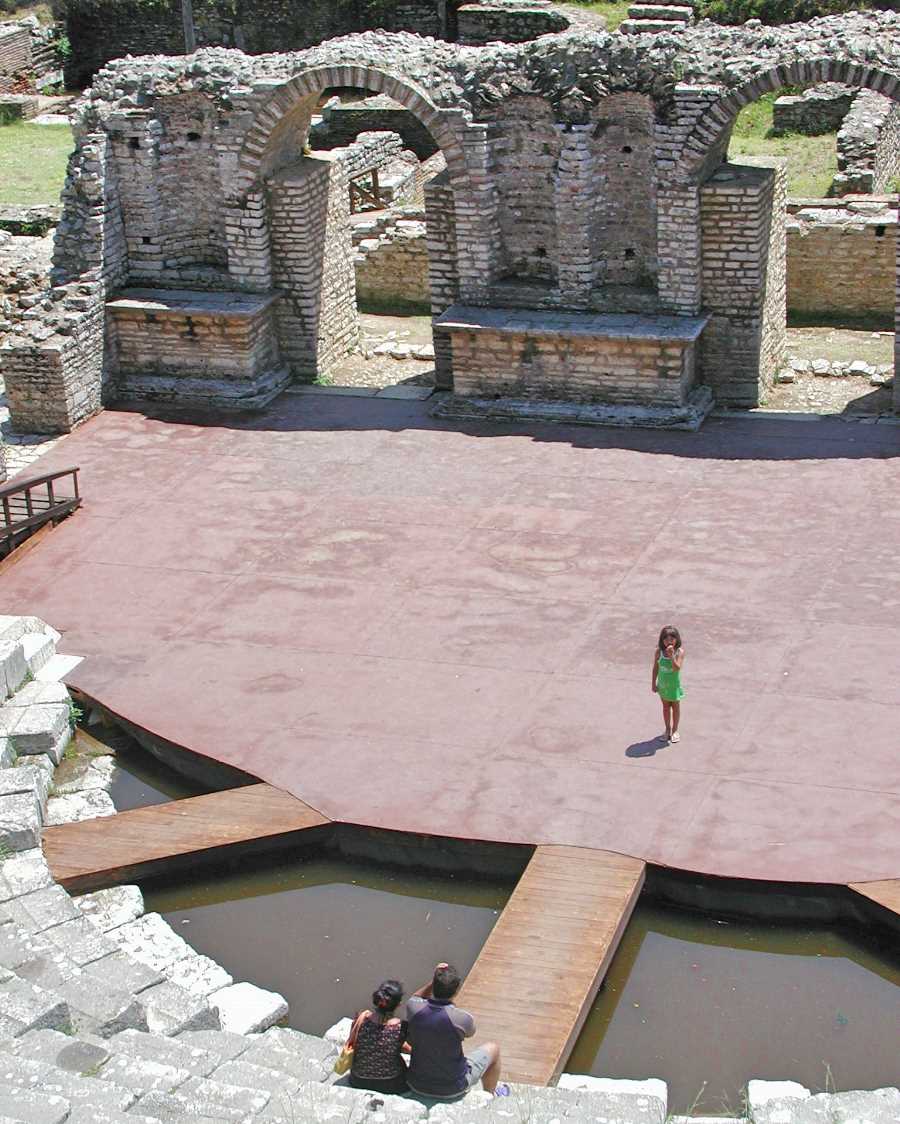
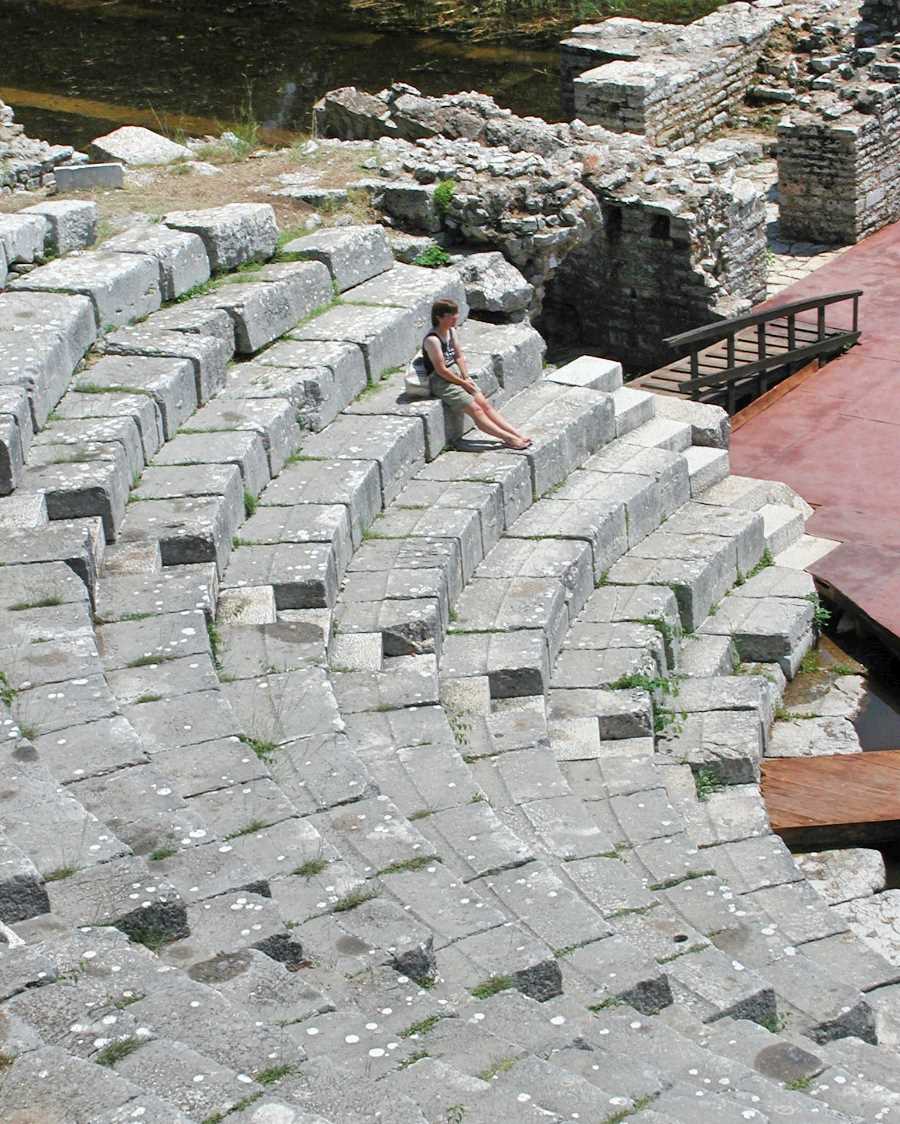
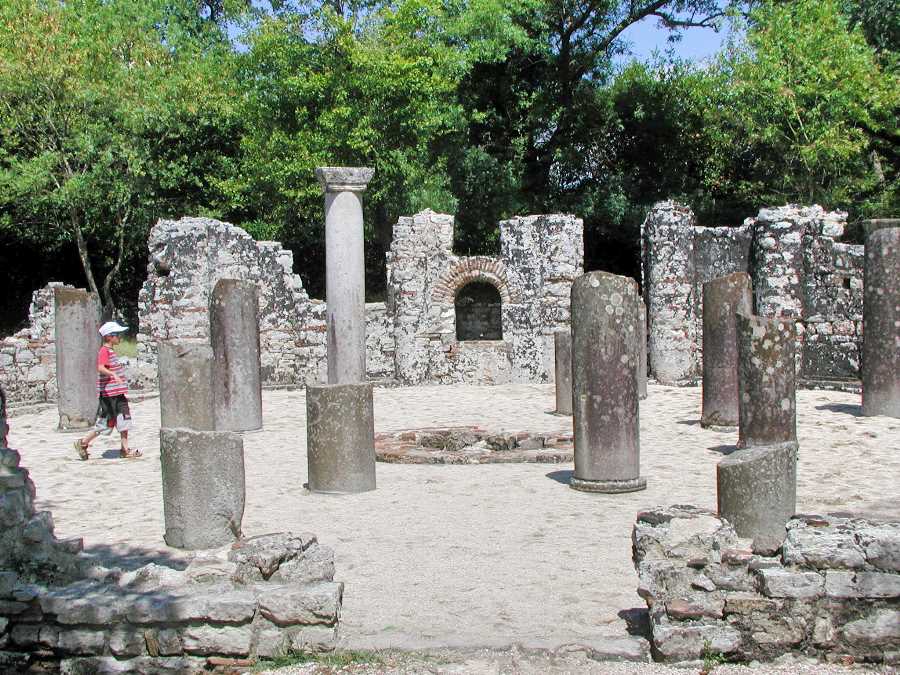
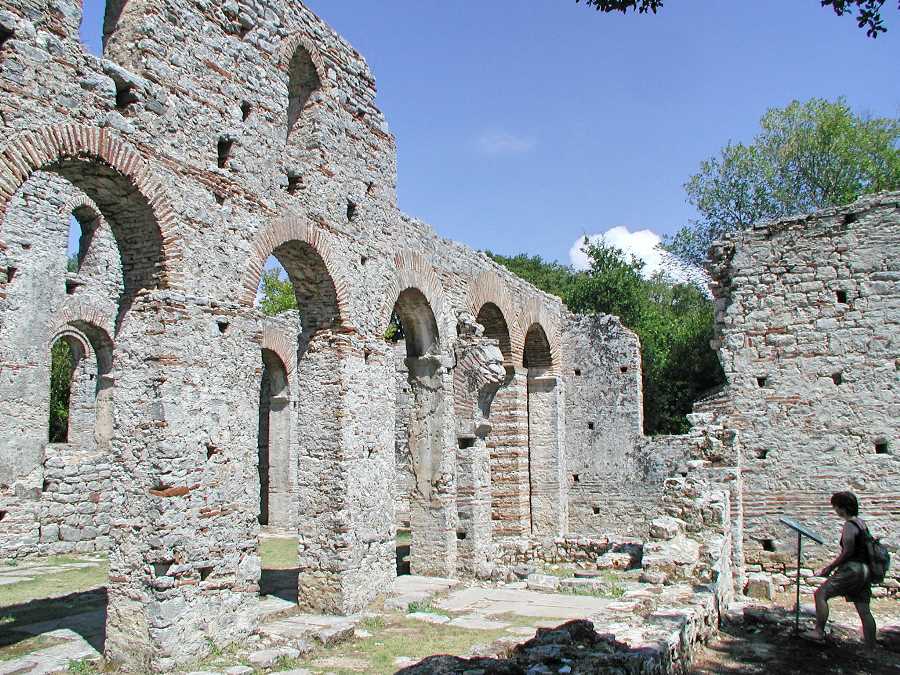
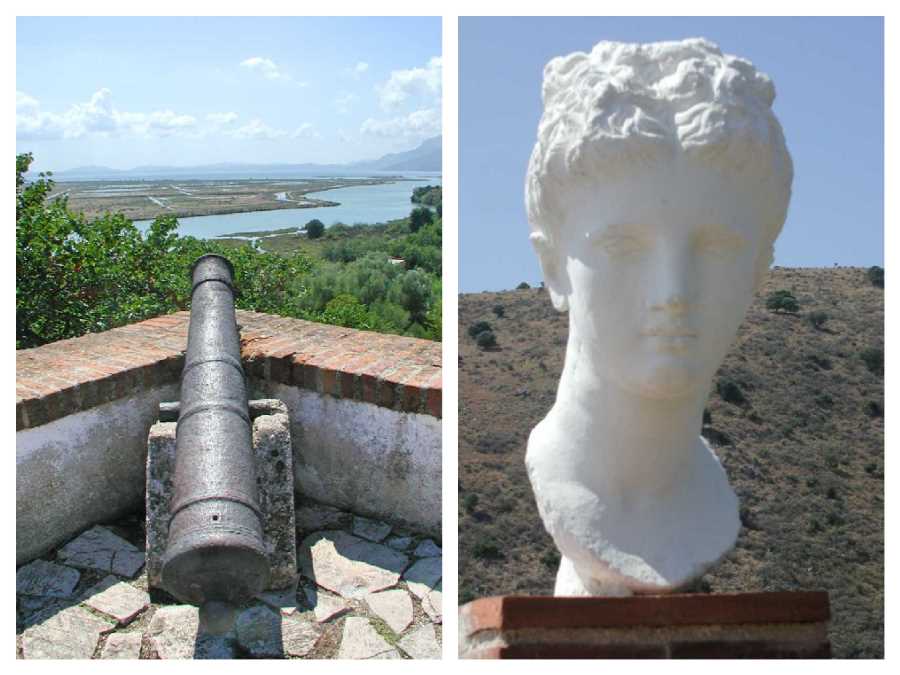
Get Our Newsletter

